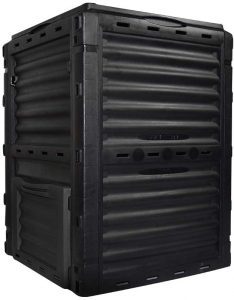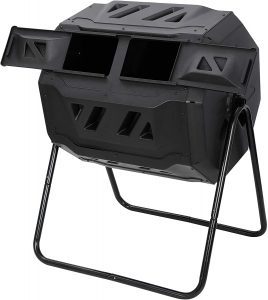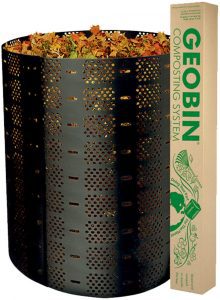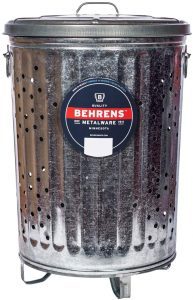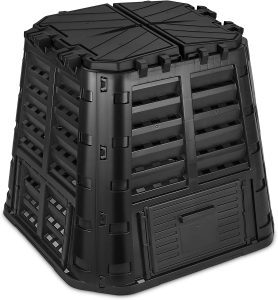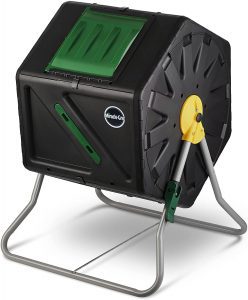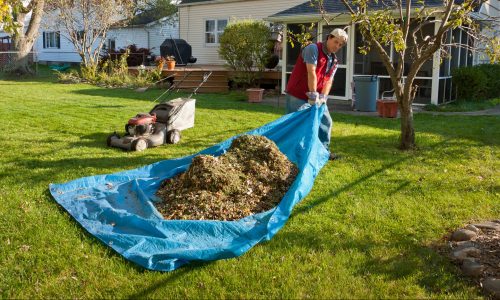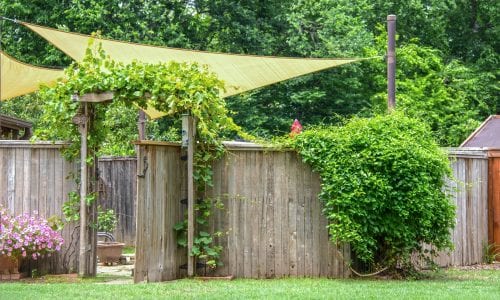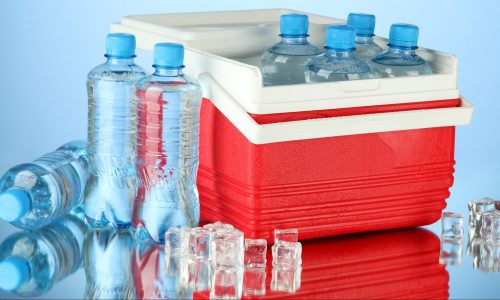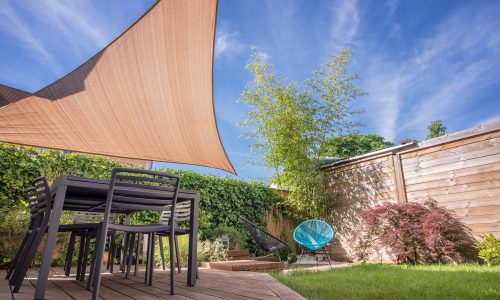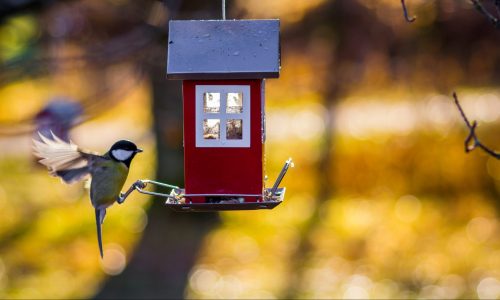The Best Composting & Yard Waste Bins
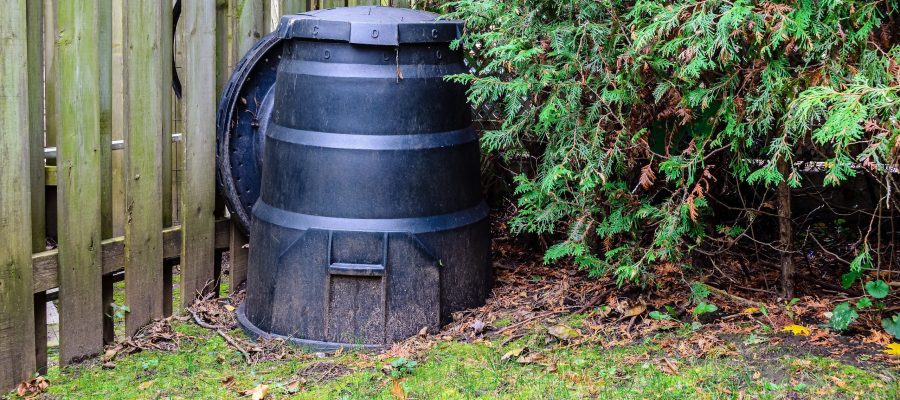
Our Review Process
Don't Waste Your Money is focused on helping you make the best purchasing decision. Our team of experts spends hundreds of hours analyzing, testing, and researching products so you don't have to. Learn more.
Our Picks For The Top Composting & Yard Waste Bins
- 1. EJWOX BPA-Free Polypropylene Composting Bin, 80-Gallon
- 2. Nova Microdermabrasion Dual-Chamber Tumbling Composting Bin, 43-Gallon
- 3. GEOBIN Expandable Capacity Plastic Composting Bin, 216-Gallon
- 4. Behrens B907P Galvanized Steel Composting Bin, 20-Gallon
- 5. DF OMER Recycled PP Plastic Composting Bin, 110-Gallon
- 6. Calvin&Sally Inspirational Quote Short Sleeve Faith T-Shirt For Women
This compost and yard waste bin works quickly to create fertile soil for gardens. It can compost material in six to eight weeks. The bin has four air vents to aid in ventilation and fermentation.
Works QuicklyThis handy and efficient bin can compost materials in just six to eight weeks.
It’s easy to rotate this tumbling compost and yard waste bin. It features large openings so adding scraps and waste is convenient. There is a dual chamber so you can compost on both sides.
Easy to RotateThis bin has a unique tumbling design that makes composting a breeze.
This expandable compost and yard waste bin can increase in size to four feet. It is designed to retain heat and moisture and offer maximum ventilation. The bin does not come with a lid.
Grows with YouYou can easily expand this compost bin as needed to accomodate your family's growing needs.
This compost and yard waste bin is made from high-quality materials and is built to last. The steel won’t crack or freeze like plastic. The bin has four legs to keep it off the ground and get better air flow.
High QualityThis sturdy bin is durable and made to last.
Buying Guide
If you want your garden to flourish, composting your food scraps and yard waste and turning them into nutrient-rich soil is the way to go. Get the right composting and yard waste bins so you can avoid the stench of compost while creating high-quality soil your garden will love.
There are a number of different types of composting and yard waste bins available, each with their unique benefits. Hoop bins are a basic variety used for composting and yard waste. These bins are typically made from recycled materials and do not have a lid. They can be difficult for turning over compost and aerating it. Another option is the slatted bins where you can easily add or remove materials from the slats. Animals can still get into these types of bins, however, which makes things a little messier. Rolling composters are perfect if you want to speed up the process of composting and want an easy way to turn over the pile and aerate it. These types of bins are heavy and take up a lot of room; plus, they are more costly than other varieties.
A similar design to the rolling composter is the compost tumbler. This version is more costly but easier to turn and doesn’t require a pitchfork. Plus, these bins can be sealed so that animals cannot get inside. Worm bins are preferred by people who don’t have a lot of outdoor space as these types are smaller than regular compost bins. They are designed just for food scraps. Keep in mind these bins can have an odor and attract fruit flies.
What to Look For
- Most composters and yard waste bins are big and heavy, so it’s important to decide where you will be keeping them first. Once you set them down and fill them, it’s unlikely you will be able to move them again. Ideally, you want to keep them in an easily accessible place where you can conveniently fill them up with food scraps and yard waste. However, you don’t want them too close to where you socialize outside in case there is a smell around it.
- Pay special attention to the material the bin is made from. Many composters are made from recycled plastic in a dark color, which makes it perfect for absorbing heat from the sun. Heat and moisture are required for composting. Bins made from wood don’t get as hot as plastic, but they do have a nice look. Check to make sure the wood isn’t pressure treated, which includes harmful chemicals that can seep into the compost, and eventually your garden.
- Square or rectangular compost and yard waste bins fit nicely into the corner of a yard; however, it can be difficult to reach the corners when turning the compost. This is why most compost and yard waste bins are circular in shape.
- Compost and yard waste bins require good ventilation so there is air circulation and oxygen throughout. If there is not enough ventilation in the design, then the organic matter will decompose slowly, and will have an unpleasant odor.
- It’s important to turn the compost inside on a regular basis, but this can be difficult depending on the design of the bin and your physical strength. If you want to make this process easy, consider getting a compost bin that has a handle design to make turning the compost effortless.
More to Explore
Want to make sure you make good compost? Start by putting in the right ingredients. The best things to include are food scraps such as vegetable peelings, fruit waste and tea bags, in addition to grass cuttings and plant prunings. These things break down quickly in the right bin with enough oxygen, heat and moisture. You can also add cardboard egg cartons, scrap paper and dried leaves to the mixture. Some people also add in eggshells as well to amp up the nutrition. In addition to these things, you will also want to have worms in your compost and yard waste bins. They eat the waste material and turn it into compost.

